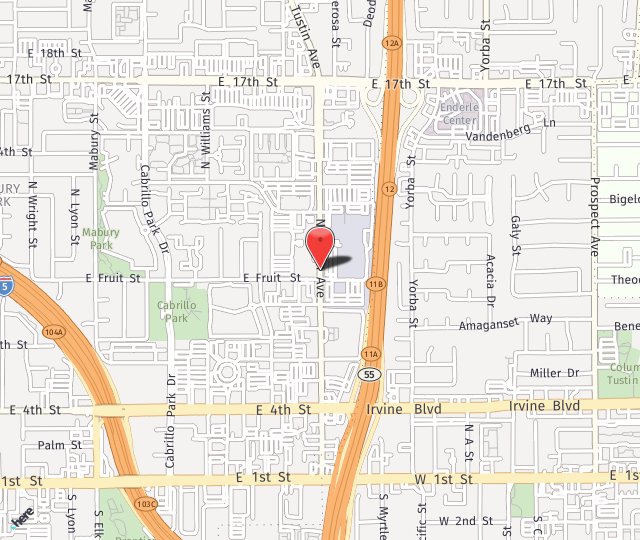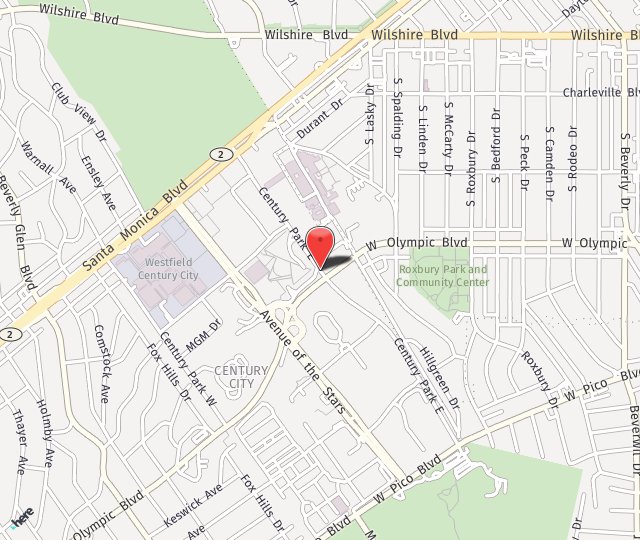The constant use of the lower extremities makes them an easy target for injury and pain, specifically in the feet. Walking, sitting and standing all put pressure on our feet and most athletic activities rely on them as well. The causes of foot pain are typically due to common ailments that affect thousands of people in the US each year. It is important to determine the source of the pain in order to successfully treat these conditions.
Treatment Options
Most ankle and foot conditions can be treated with conservative methods like rest, ice, compression and elevation. Simply wearing different better fitting and supportive shoes can help relieve foot pain. Your doctor may also recommend other treatment options such as anti-inflammatory medications, physical therapy, corticosteroid injections, orthotics or braces. Surgery may be necessary for more severe cases. Minimally invasive, arthroscopic procedures are available for many ankle and foot conditions which helps minimize scars and recovery times.
Achilles Tendonitis/Achilles Tendon Rupture
Achilles tendonitis is an inflammation of the Achilles tendon, the strong band of tissue that connects the calf muscle to the heel. This condition frequently affects athletes and occurs when the stress placed on the tendon is too strong or for an excessive period of time. When too much stress is placed on the Achilles tendon, it may develop a partial tear and become inflamed as a result of improper technique, overuse, flattening the arch of the foot or trauma. As this stress occurs, symptoms may begin to appear gradually. Symptoms of Achilles tendonitis include:
- Dull pain while walking
- Tenderness
- Stiffness
- Swelling
- Soreness
Achilles tendonitis increases your risk of rupturing your Achilles tendon, a condition that requires immediate surgical attention. A ruptured tendon will cause sudden, severe pain, swelling and difficulty walking. Your doctor can diagnose Achilles tendonitis or a ruptured tendon through a physical examination and imaging testing.
If you are suffering from Achilles tendonitis, you may be able to treat the condition through rest, ice and over-the-counter pain medication. If these methods are ineffective, your doctor may recommend a heel lift to take pressure off of the tendon in additional to physical therapy to work on stretching and strengthening exercises. For more severe cases a walking boot, crutches or surgery may be required.
You can reduce your risk for Achilles tendonitis by monitoring your physical activity and taking precautions to make sure you are physically fit which includes proper stretching and strengthening exercises.
Ankle Sprain
A sprain is a stretching or tearing of one or more ligaments, the tough fibrous bands that hold the ankle bones in place. Sprains can be caused by anything from a sports injury or accident to stepping on an uneven or sloped surface. Generally, the movements that can stretch a ligament beyond its normal range are twisting, rolling and turning of the foot. Sprains are divided into categories based on the severity of the injury, from Grade 1 (slight damage to the ligament) to Grade 3 (complete tear). Symptoms may include pain, swelling, stiffness and bruising. There may be a popping sound when the ankle is moved or touched. The ankle may be unstable or unable to bear weight.
Sprained ankles should be examined by a doctor to rule out the possibility of a bone fracture. Professional diagnosis and care will also ensure that the joint heals properly, limiting the chance of further injury.
Shin Splints
Shin splints, or medial tibial stress syndrome, are a common exercise-related condition characterized by pain along or just behind the shins. Pain occurs about two-thirds of the way down the leg below the knee, spans several inches, and tends to worsen with activity. This discomfort results from inflammation of the thin layer of tissue covering the tibia, as well as from the bone itself and two of the muscles that attach to it (the soleus muscle and flexor digitorum longus, which help you push off your foot and flex your toes).
Shin splints are common in people who begin a new training regimen after a period of inactivity. They may also occur when intensifying an existing training regimen. Contributing factors include running speed and distance, exercising on angled or very hard surfaces, and footwear with weak support or worn soles. Runners, aerobic dancers and military personnel are prone to shin splints because of the stresses placed on their lower legs, as are people with flat feet, rigid arches and “knock knees” or “bow legs.”






